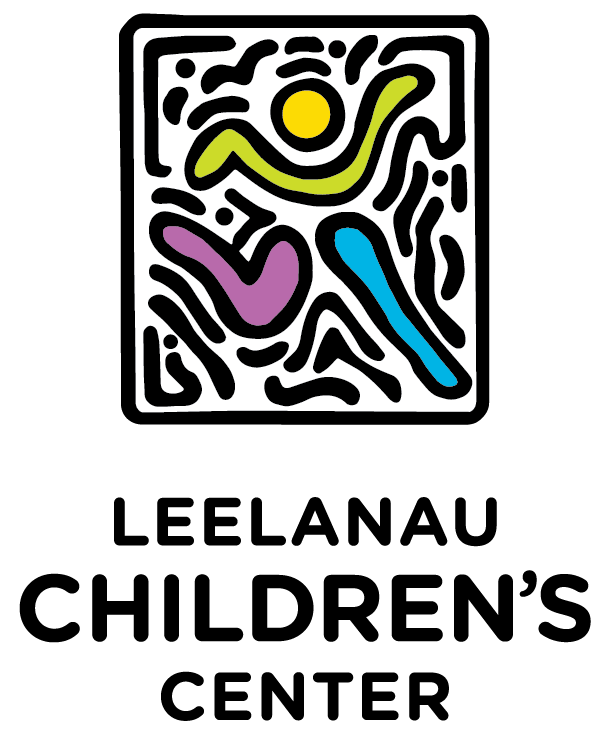The First Five Years
In the first five years of life, the brain develops the architecture upon which all later development and learning is founded.
The early childhood years are a period of dynamic and extraordinary development. In these years, the brain’s capacity for change is in its prime.
What makes the difference? The brain develops in response to the environment in which the child grows. A child who spends the first few years in an enriched environment with engaging experiences and nurturing relationships will have a brain more apt to assess incoming data accurately and manage complex thinking and planning.
young children offer a once in a lifetime opportunity to change the brain and contribute to:
healthy lifestyles
healthy social/emotional development
successful students
responsible adults
and stronger communities.
research demonstrates that high quality early childhood education:
reduces delinquency and crime
reduces the likelihood of abuse and neglect
increases high school graduation rates and college enrollment
lowers rates of teen pregnancy
improves standardized test scores
reduces grade retention
leads to greater employment, higher wages, and increased life-long earnings
reduces numbers of children in remedial/special education and social services
cultivates an educated workforce and tax paying citizens
raises income and consumer spending levels
makes communities more competitive in the marketplace.
